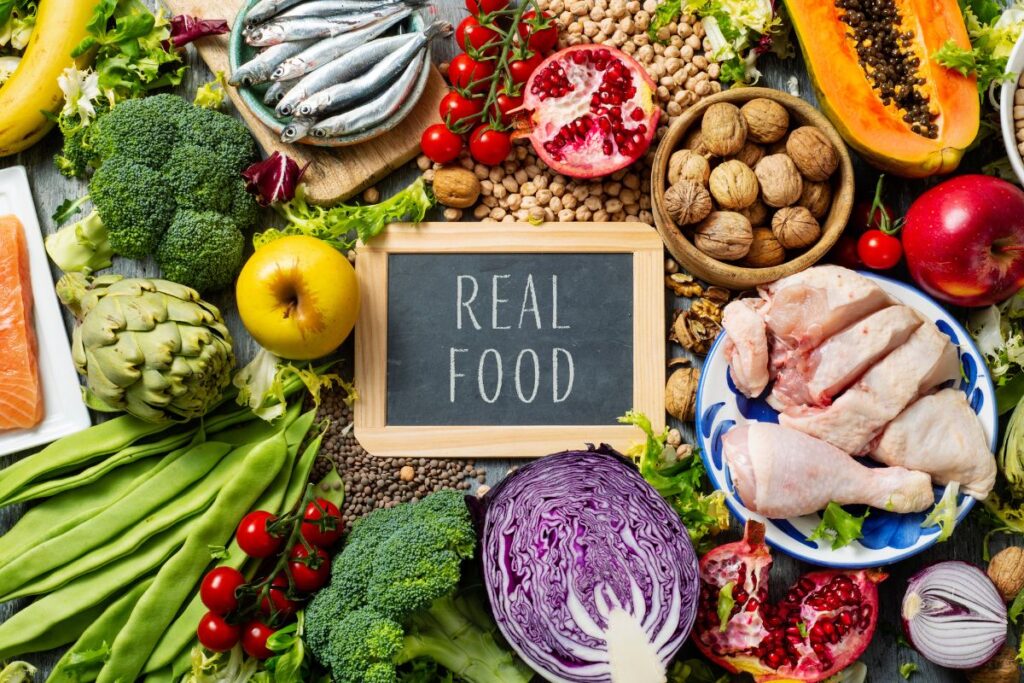
Clean eating is a buzzwords that we throw around a lot. What does it actually mean? For some, it’s about avoiding anything with more than three ingredients. For others, it’s about cutting out processed foods entirely. If you are curious about clean eating but don’t know where to start—or find the contradictory information out there confusing—you’re in the right place.
Today, we’re diving into what clean eating really means, why it’s important, and, most importantly, how you can start making simple, healthier choices without losing your mind or taste buds.
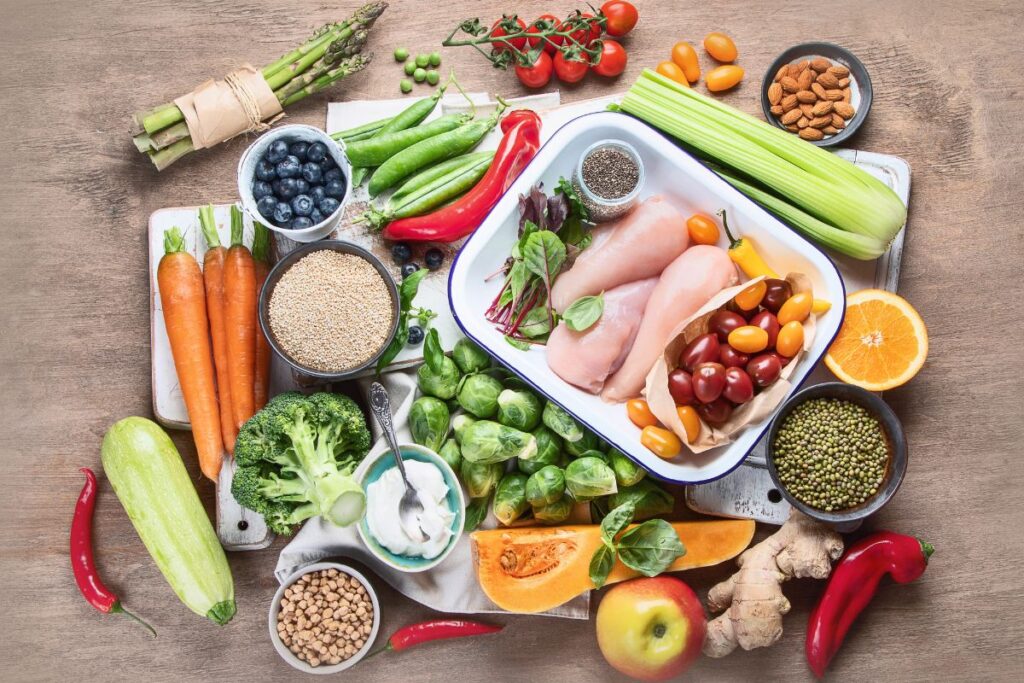
What Is Clean Eating, Really?
In simple terms, clean eating is about consuming whole, minimally processed foods. Think of it as eating food that’s as close to its natural state as possible. It’s less about obsessing over calorie counts and more about the quality of what’s on your plate.
But here’s the thing: clean eating is not complicated or restrictive. We’re not aiming for perfection here—just progress. It’s about avoiding unnecessary food additives like artificial dyes, gums, seed oils, and heavily processed junk that sneaks into so many packaged foods.
While some people say, “Don’t eat it if you can’t pronounce it,” I’m a little more lenient. I mean, “Methylsulfonylmethane” sounds scary, but it’s actually really good for you. So, let’s not throw out the science just because a word is long!
Why Should You Care About Clean Eating?
You might be thinking, “Why go through all this trouble? Does it really make a difference?” Absolutely.
Here’s why:
- Fewer chemicals: Many processed foods are filled with artificial ingredients that don’t belong in your body. Over time, these additives can lead to all sorts of health issues, from digestive problems to inflammation.
- More nutrients: Whole foods are packed with vitamins, minerals, and antioxidants that your body craves. When you fill your diet with these nutrient-dense foods, you’re not just surviving—you’re thriving.
- Stable energy: Clean eating helps regulate blood sugar levels, giving you more sustained energy throughout the day (no more 3 p.m. crashes!).
- Better digestion: Avoiding junk like gums and fake fibers will help your digestive system work properly, reducing bloating, gas, and other unpleasant symptoms.
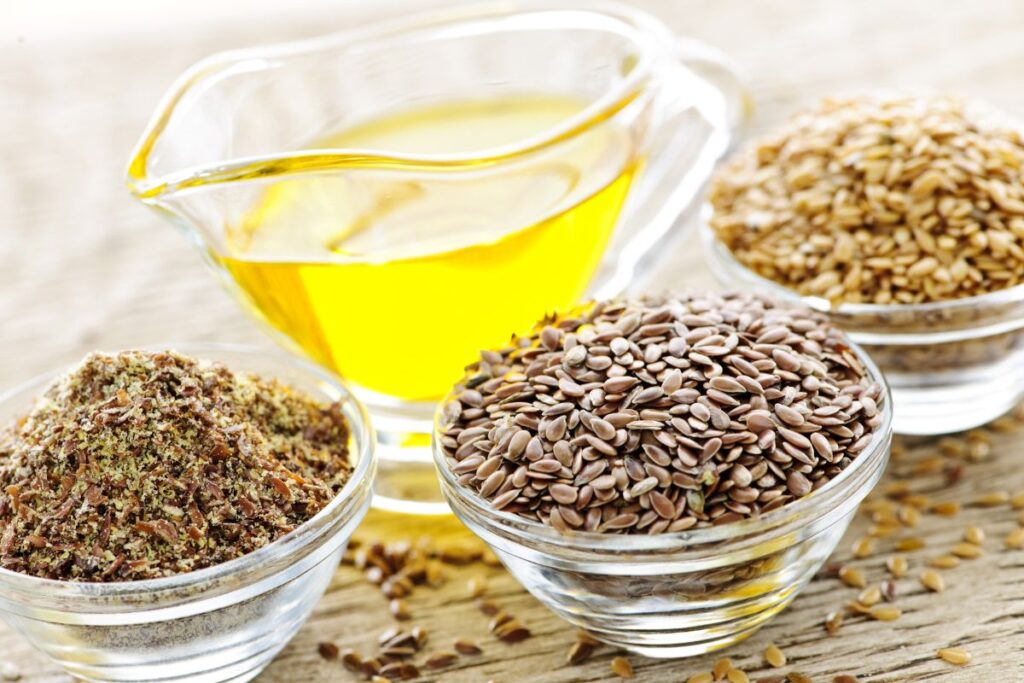
The Big Offenders to Avoid
Now that we’ve covered the basics of clean eating, let’s talk about the usual suspects you’ll want to kick out of your pantry:
- Food dyes: These little sneaky buggers serve zero purpose other than to make your food look pretty. (Your stomach doesn’t care if your cereal is neon green.) Food dyes are linked to hyperactivity in kids and other health issues. Skip the artificial colors, and your body will thank you.
- Artificial preservatives: Ingredients like BHT, BHA, and sodium benzoate are used to extend shelf life but don’t do your body any favors. Look for products without these additives.
- Seed oils: Oils like canola, soybean, and corn oil are heavily processed, refined, and high in omega-6 fatty acids, which promotes inflammation in the body. Opt for healthier fats like olive oil, coconut oil, and butter from grass-fed cows.
- Gums and fillers: These include xanthan gum, guar gum, and carrageenan. They may help thicken foods, but they can cause digestive issues, especially for people with sensitive stomachs.
- Refined sugars: Sugar is hidden in so many products these days; it’s even the ones you wouldn’t suspect (like bread and salad dressings). Try to minimize refined sugar, and instead, stick to natural sweeteners like honey, maple syrup, or fruit.
- Natural and artificial flavors: This one’s tricky because it sounds innocent, right? “Natural” flavors are supposed to be better than artificial ones, but the reality is they’re not any different.
- Natural flavors are an umbrella term that can refer to any substance derived from a plant or animal—but that doesn’t mean the process is natural. It can still involve heavy processing, chemicals, and even solvents to extract the flavor. To make it worse, companies don’t have to disclose what’s in these “natural flavors,” so you have no idea what you’re actually consuming.
- As for artificial flavors, well, they’re exactly what they sound like—chemicals created in a lab to mimic real flavors. They’re completely synthetic and add no nutritional value, just another layer of unnecessary junk in your food.
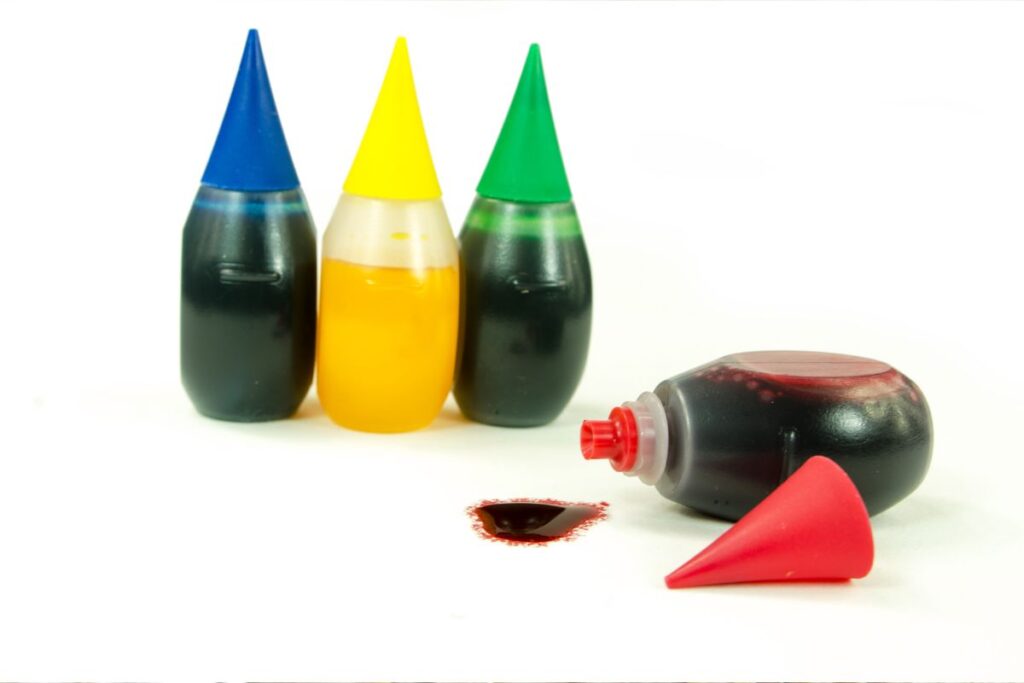
How to Start Cleaning Up Your Diet (Without Overwhelm)
If you’re feeling motivated to clean up your diet but overwhelmed by where to begin, take a deep breath. It doesn’t have to be all or nothing. The goal is to make simple, sustainable changes over time. You don’t need to spend hours in the grocery store reading every label (though, at some point, I do recommend it!). Let’s talk baby steps. Here are some easy swaps to make now. Get started without making it complicated or expensive.
1. Start With One Category
Rome wasn’t built in a day, and neither is a clean diet. Instead of overhauling your entire pantry, pick one food category to focus on at a time. Maybe it’s snacks, or maybe it’s oils or breakfast foods. By targeting one area, you’ll make the process more manageable and build momentum. For example, swap out your potato chips for air-popped popcorn, or trade your canola oil for olive oil. These simple swaps won’t feel like a sacrifice, but they’ll make a big impact over time.
2. Easy Swaps to Get started
Here’s a little secret: clean eating doesn’t mean you have to give up your favorite foods. Often, you just need to swap them out for better options. Here are a few easy swaps you can make today:
- Instead of margarine or vegetable oil spreads, grab grass-fed butter or ghee. They’re rich in healthy fats and so much tastier.
- Switch out refined sugar for honey, maple syrup, or coconut sugar. These natural sweeteners have more nutrients and won’t spike your blood sugar as dramatically.
- Ditch the sugary cereal and opt for whole oats or a clean-label granola (one with no added junk). Throw in some fresh fruit and you’re golden. Down the road you can focus on less carb-based breakfasts, and put more emphasis on protein-based breakfasts.
- Trade processed lunch meats for nitrate-free, organic versions. You’ll avoid unnecessary chemicals and fillers. Eventually you can consider making your own.
- Go for sprouted or sourdough bread over the standard white stuff. These are easier to digest and often made with simpler ingredients. Have you jumped on the homemade sourdough wagon yet? If not, maybe later.
These clean eating swaps are easy to make, and you won’t feel like you’re missing out on anything!
3. Keep It Simple in the Store
Head to the grocery store determined to keep it simple! One of the easiest ways to start cleaning up your diet is to focus on whole, single-ingredient foods. Fresh fruits, veggies, quality meats, and whole grains are naturally free of the junk we’re trying to avoid.
If you’re buying packaged foods, stick to the rule of thumb: fewer ingredients is better. Look for products with a short ingredient list where you can recognize most of the items. Brands that focus on minimal processing often put it front and center, so they’re easy to spot once you start paying attention. We’ll get to label reading soon enough.
4. Don’t Overcomplicate It—Stick With the Basics
When you’re first starting out, you don’t need to feel the pressure to buy everything organic or spend hours researching every ingredient. Focus on whole foods and simple swaps, and you’ll already be miles ahead. For example, choose a loaf of bread with the least amount of ingredients or one that’s sprouted or sourdough. Keep it basic at first. Look for “unbleached” and stay away from “enriched.”
5. Gradually Build the Habit of Reading Labels
I get it—reading every label can feel overwhelming at first. But as you become more familiar with certain brands and ingredients, it’ll get easier. Try reading labels on just a few items per shopping trip. You’ll start recognizing which brands are the cleanest and which ones aren’t worth the money. Start paying attention to sneaky words like “natural flavors” (which we already know isn’t as natural as it sounds), “preservatives,” and added sugars. You’ll become a label ninja in no time.
6. Commit to One New Recipe Per Week
Eating clean is more than salads and carrot sticks. Find some fun, simple recipes that you and your family will enjoy. Pick one new clean-eating recipe a week to try, and build your repertoire. Clean meals can be tasty and easy! Start with meals you already know and love and find cleaner versions of the ingredients.
If you need some some ideas, check out our resources page where I offer free downloads with some fun recipes, or check our Real Food blog category!
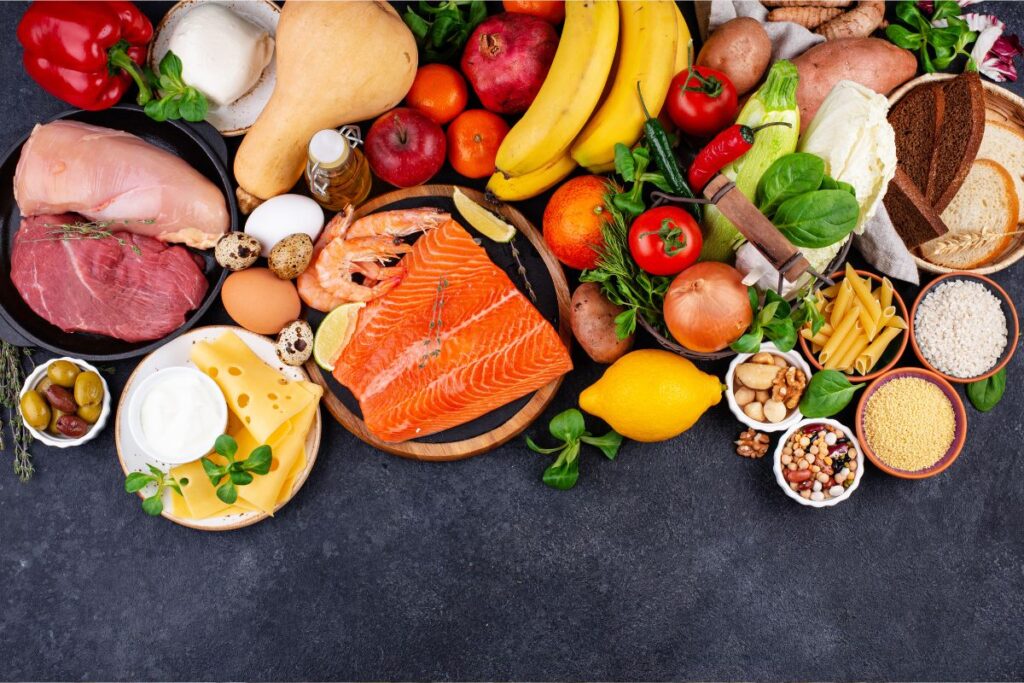
The bottom line:
Clean eating is about making small, manageable changes over time. You don’t have to throw out everything in your pantry today or spend hours in the store. Start small, make a few simple swaps, and focus on whole foods that nourish your body. Before you know it, you’ll be eating clean without even thinking about it—and feeling the benefits.